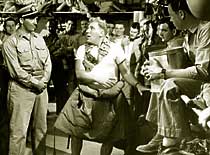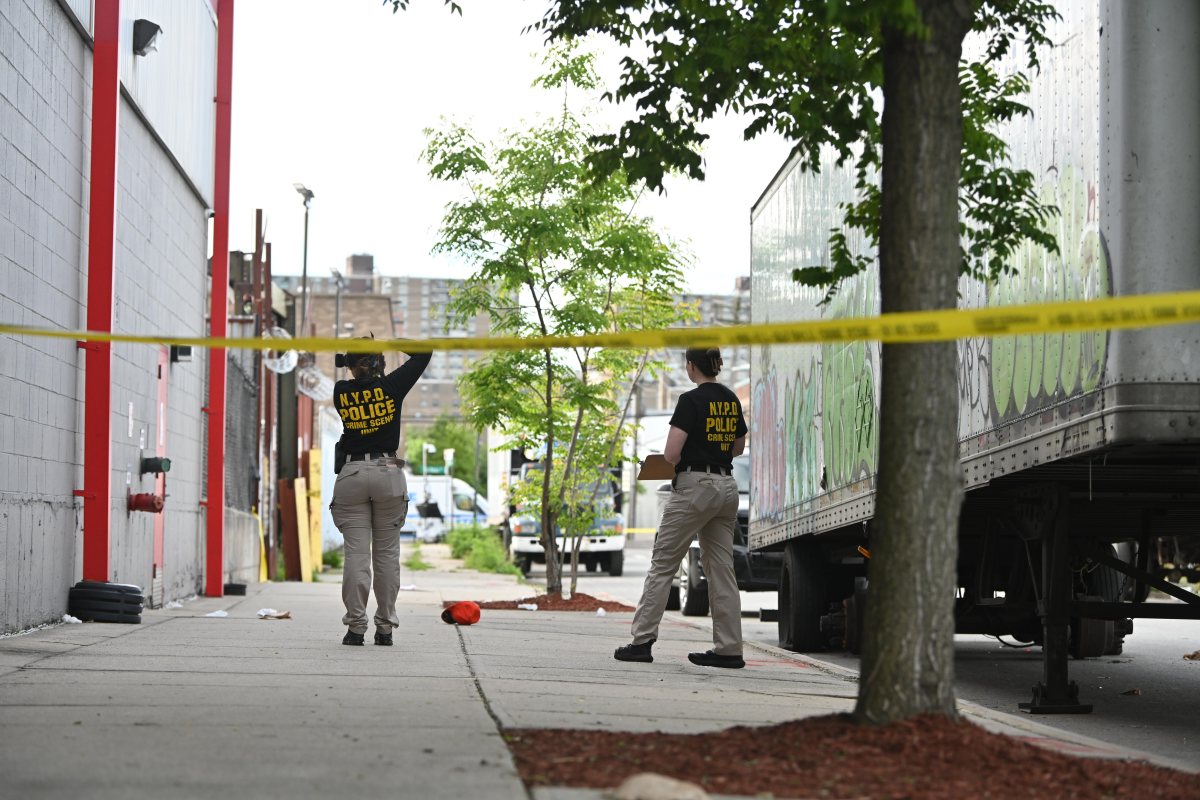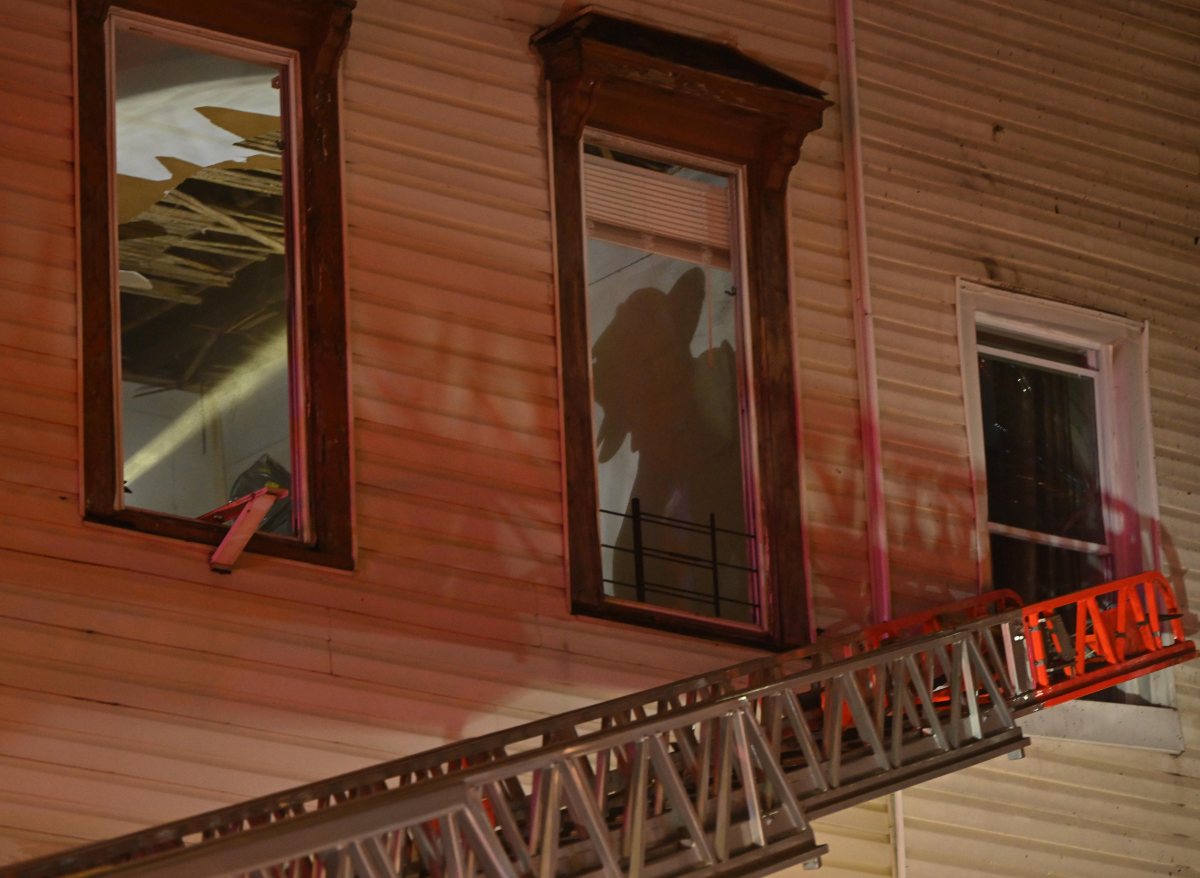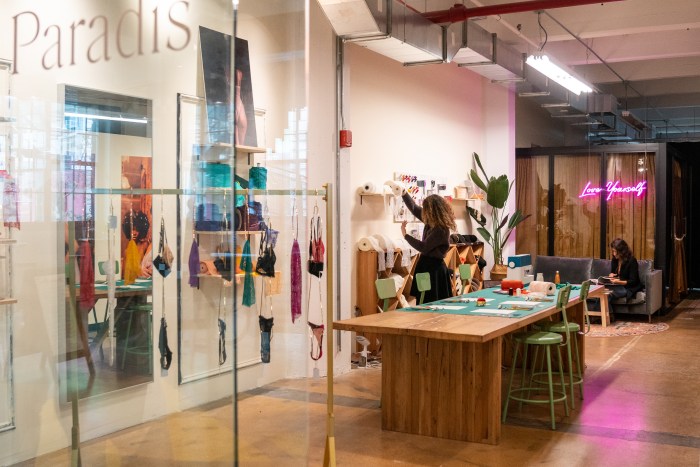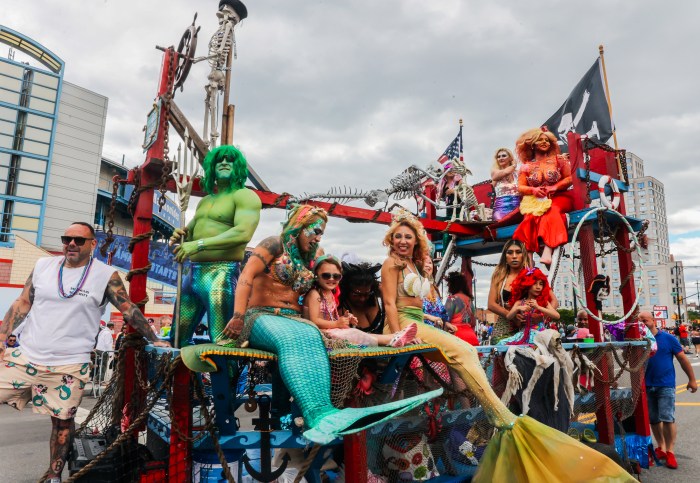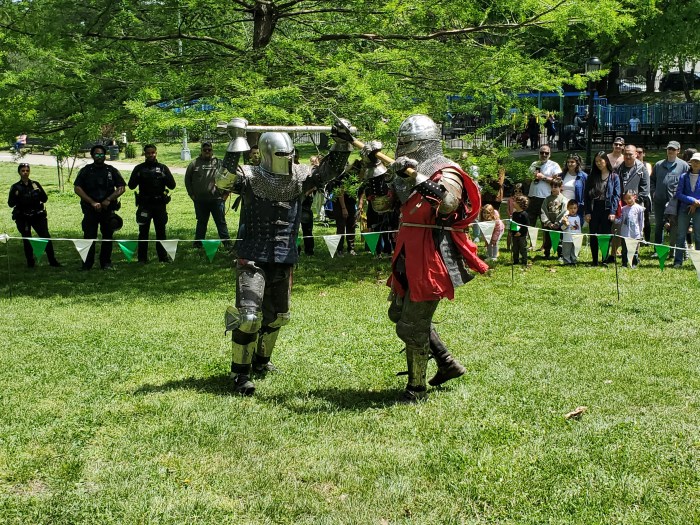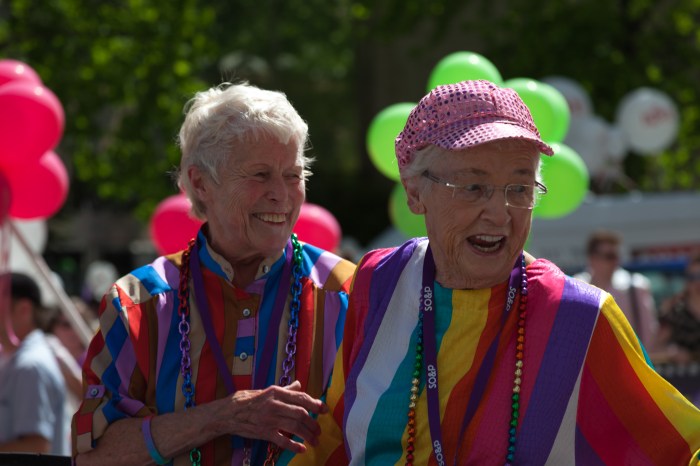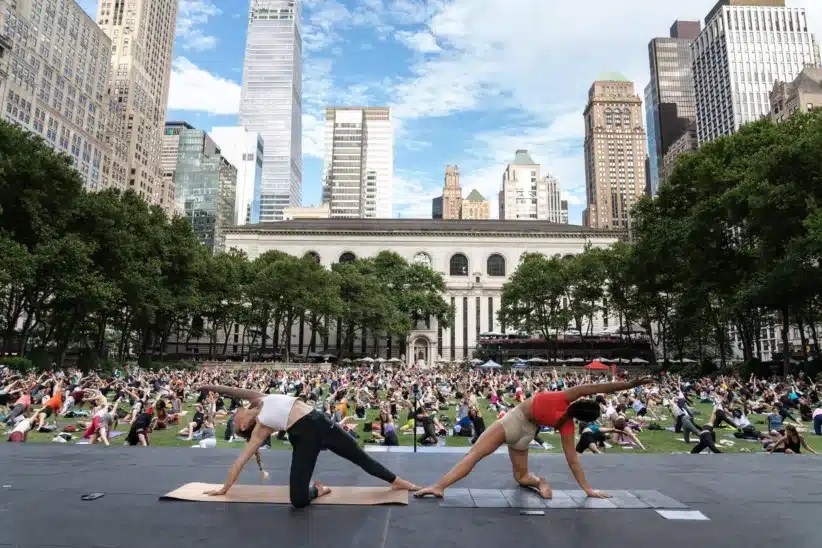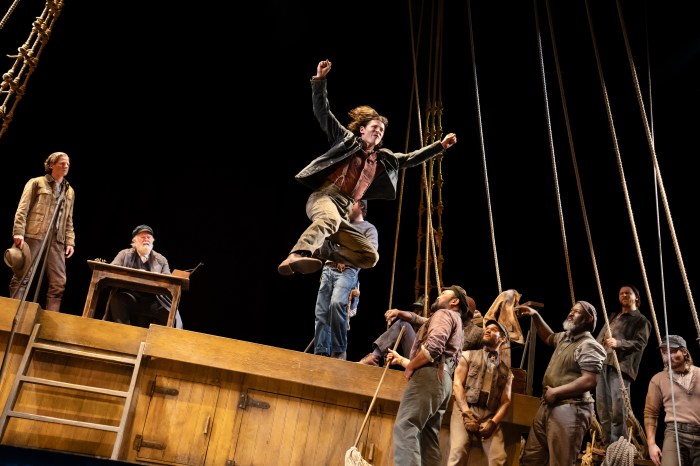In his engagingly nostalgic foreword to
the new book "The Brooklyn Film: Essays in the History of
Filmmaking," columnist and author Pete Hamill describes
Hollywood’s skewed view of his hometown: "Our confidence
in all movies was shaken; if they couldn’t understand Brooklyn,
why should we trust them about Casablanca or China or the streets
of Dodge City?"
"The Brooklyn Film," (McFarland & Company, $35)
collects nine essays – plus a foreword and introduction, both
substantial – on the Borough of Kings and its relationship with
the cinema. They were chosen by editors John B. Manbeck, former
official borough historian and a Brooklyn Papers columnist, and
Robert Singer, CUNY professor of English and Film Studies.
While the book doesn’t entirely live up to the potential of its
subject matter, it’s a commendable and readable effort and a
good starting point for future ventures in this area – of which
there by rights should be plenty, given our borough’s near-mythological
status around the globe.
As indicated by Hamill’s anecdote, a recurring concern of the
pieces in "The Brooklyn Film" is the wider world’s
contradictory images of Brooklyn derived from movies.
That is a subtext of Manbeck’s own contribution, "Who’s
a Character? He’s Just a Lovable Mug," about William Bendix
(1906-1964). The beefy, friendly faced actor, despite being Manhattan-born
and bred, was typecast by Golden Age Hollywood as the stereotypical
Brooklynite of the time, "a likeable chump, ready to be
a fall guy, to get the second or third leading lady if any; but
more likely to be killed while standing up for his buddy or some
principle."
Bendix played such a role in so many movies, such as "Brooklyn
Orchid" (1942) and "Guadalcanal Diary" (1943)
that his California home was christened El Rancho Flatbush.
Like a number of the pieces in the collection, Manbeck’s is a
tad too straightforward for its own good. More critical analysis
of Bendix’s image and less raw information and fewer dates would
have been welcome. Still, it does fulfill one of the highest
functions of a critical piece – it leaves one’s mouth watering
to see a sizeable fistful of the films mentioned.
Similarly, there’s a little too much plot summation taking up
room in co-editor Singer’s "What Grows in the Hood? Projects,
People and the Contemporary Brooklyn Film." But the essay
contrasts intriguingly with Manbeck’s piece as it discusses current
cinema’s image of the typical Brooklynite: "The unskilled
worker, the prostitute, the drug dealer and abuser, the unwed
mother the individual in conflict [with his/her environment],
as s/he tries to ’make it’ but inevitably fails or settles for
less."
Singer briefly chronicles a postwar slide into poverty, crime
and despair as an explanation for this shift. But surely those
things have always existed in Brooklyn, as in any big city. Why
do they now so dominate the borough’s screen image? Singer touches
only glancingly on the possibility of a racist and xenophobic
reaction to the explosion of the non-white and immigrant population.
This possibility is hard to either defend or dismiss on the basis
of the evidence here – some of the films he cites are themselves
made by minority filmmakers. The growing access of minority viewpoints
to the screen, largely due to the indie movement, seems as likely
a possibility.
Hollywood attitudes towards race and immigration are directly
confronted in Anita Schneider-Ludorff’s "Exploding Multiculturalism
in Global Brooklyn: Illegal Moves in ’The Siege,’" the densest
and most challenging piece in the book. It dissects the briefly
controversial thriller "The Siege" (1998), about a
string of bombings in New York by Middle Eastern terrorists based
out of Brooklyn, a premise which sparked protests from Arab-American
and Muslim groups and lots of op-ed copy. (The editors note,
smartly, that this piece was written before Sept. 11, 2001.)
The author notes the film’s strenuous efforts at balance, its
P.C. gestures and its condemnation of the ironfisted martial
law clamped on Brooklyn in the film’s second half. But she theorizes
that "The Siege" encodes in its images and editing
its real, if unintended, message: immigrant enclaves like the
Arab community on Atlantic Avenue are menacing and people like
the Lebanese-American FBI agent character must prove their loyalty
to a liberal melting pot ideal.
I have reservations about her sometimes overly pat interpretations
of slippery visual cues – her "shot X means Y" certainty.
But it’s refreshing to see a writer interrogate the film text
in a way few other essays in the book do, refusing to take the
story or the filmmakers’ stated intentions at face value.
Sometimes simple pleasures are the best. The most purely enjoyable
piece is Cezar Del Valle’s "Brooklyn Moviegoing: A Short
History from a Fan’s Perspective."
Del Valle offers an economical but flavorful portrait of how
film exhibition developed in Brooklyn, with a focus on the rise
and decline of the old-fashioned movie palaces. It’s a bit of
a revelation from today’s vantage point to see the role movie
theatres used to play in a community, from audience contests
and amateur performance nights to WWII bond rallies and scrap
drives. Any filmgoer who feels his soul shrink in the sterile
boxes of today’s multiplexes ought to feel a pang upon reading
Del Valle.
So give "The Brooklyn Film" a thumb-through when you’re
feeling complacent about living in Brooklyn, when you start to
take its neighborhoods, its parks, bodegas and boardwalks for
granted. You’ll be reminded that you live in a legend.
John B. Manbeck and Robert Singer, editors
of "The Brooklyn Film: Essays in the History of Filmmaking"
(McFarland & Company, $35) will discuss Brooklyn film history
at BookCourt (163 Court St. between Dean and Pacific streets
in Cobble Hill) on Tuesday, June 10 at 7 pm. For more information,
call (718) 875-3677.


